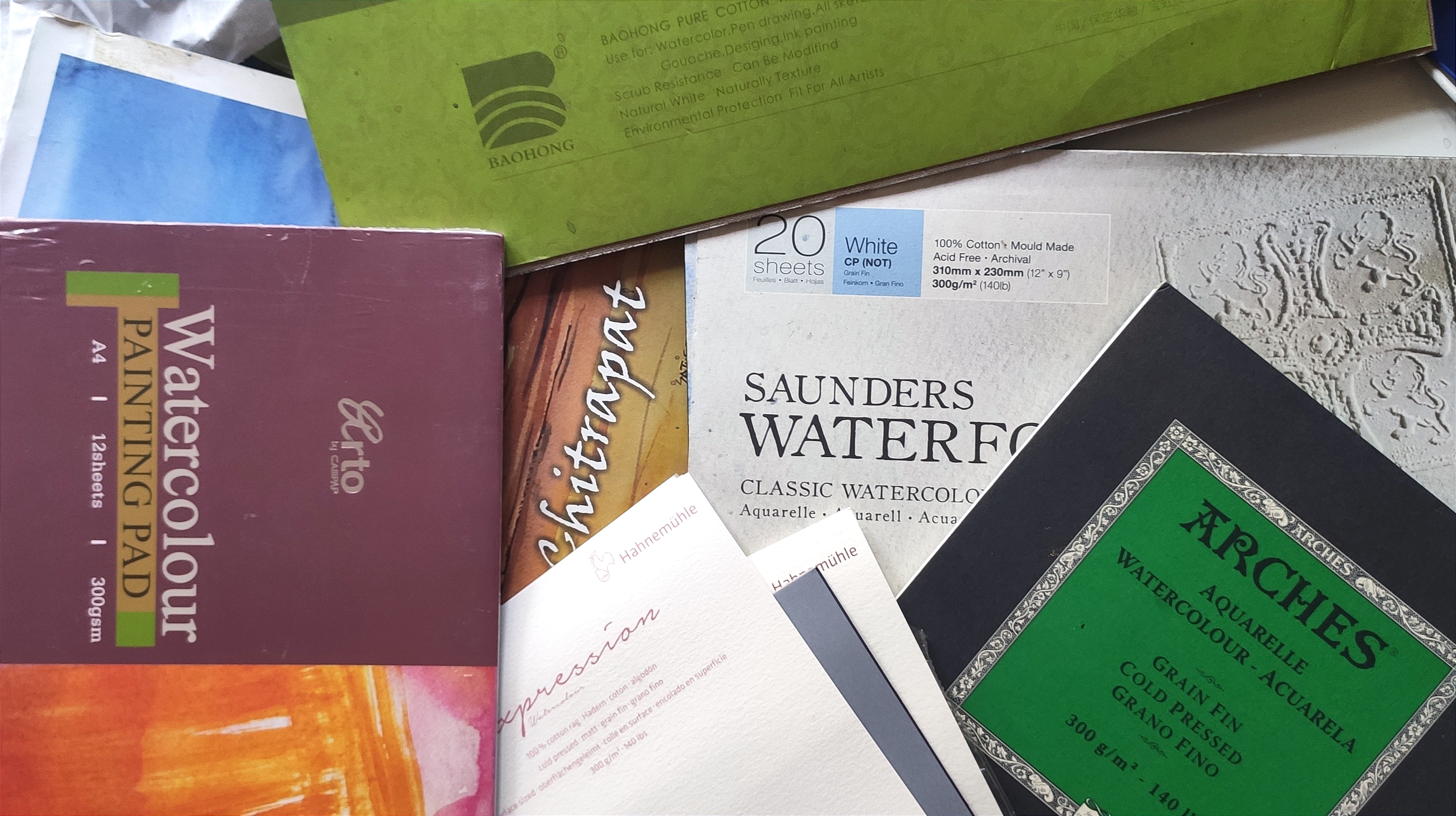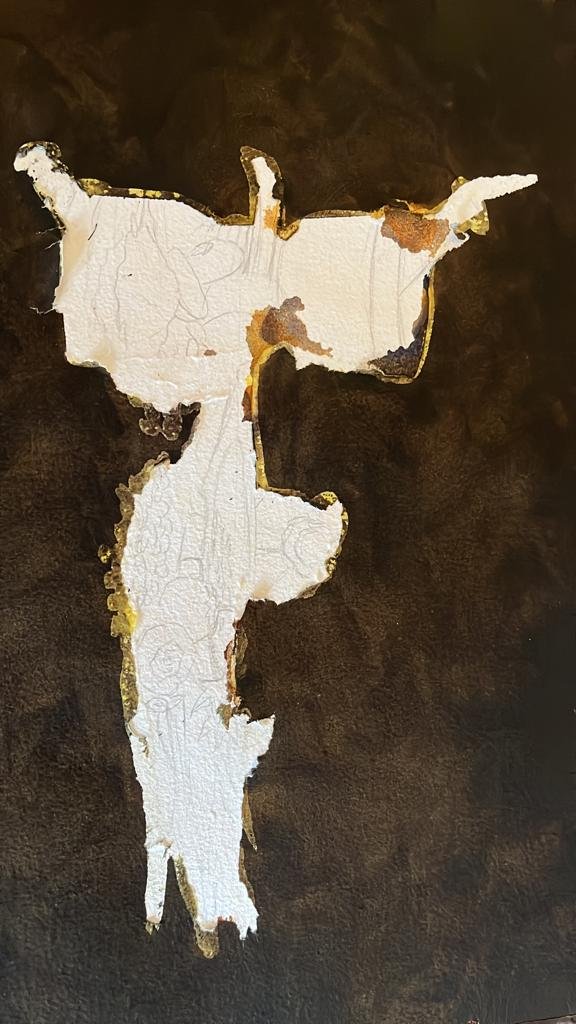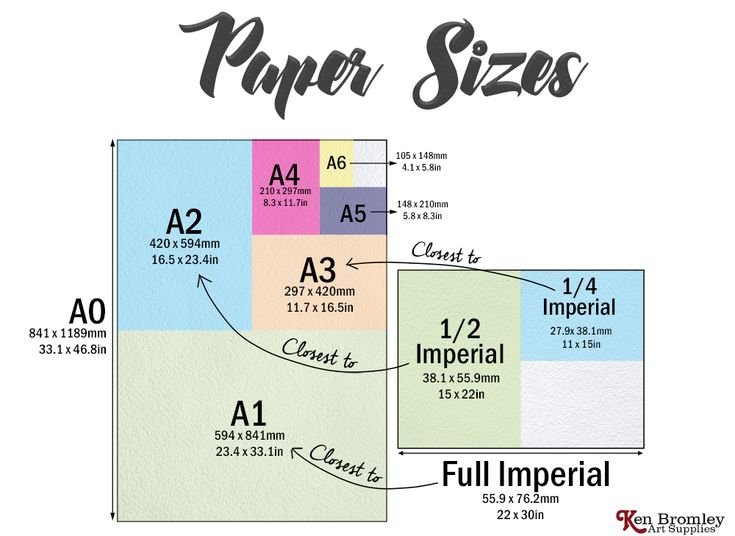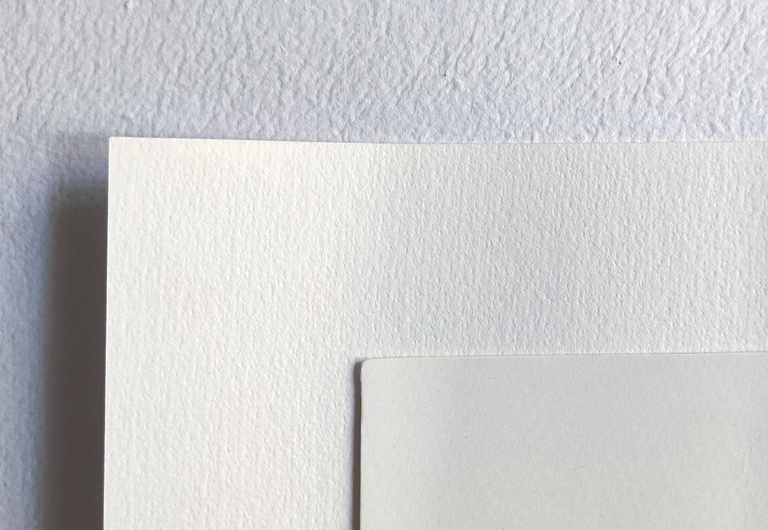
Last time I wrote a blog post on tips to create better reflections in watercolour. I promised to start a series on sharing few more technical knowledge on watercolor but wasn't sure what should be the next topic.
Today one of my friend had difficulties using masking fluid on his painting and I explained to him what was happening. This prompted me to write about watercolour papers as the next topic... just in case someone else needs help!
To know more about it let me take you through some basic information about watercolour paper.
Basics
Watercolour paper is specialised papers created to hold watercolour pigment better and help it to spread evenly as applied to the paper. Its surface is also made with a texture that helps in making the art more vivid. Just like all other papers it too comes with different sizes and thickness.
To understand the difference between the normal paper and watercolour paper, we need to know a little about paper making.
A peek into paper making
Materials: Paper is made from cellulose fibers. These may come from wood chips or cotton or recycled paper and many other sources. Watercolour paper is made with cotton. There are some cheaper watercolour paper contains mostly cellulose and then with 25% cotton in it. It is preferred to go for 100% cotton as the spread of pigments in a mixed paper might vary and then there are more chances of patches developing.
The paper pulp made from its base source are bleached chemically (or these days biologically) to make it whiter. This process leaves traces of chemicals in it which will react with the pigments in your paint and degrade the colour and quality of paintings overtime. As a result the watercolour papers are made with more care, reducing chemical usage and keeping the acidity of the paper to neutral.
The pulp is mixed with various other elements too out of which one is gelatin. This process is called paper sizing.
Sizing: Sizing helps to increase the fiber strength of the paper. This makes it resistant to wear and tear caused by rubbing eraser or lifting with masking tapes or fluids. It also helps in controlling spread of paint.

Image source: Here
The sizing is done in two methods. If the sizing agents are added in pulp, it is called internal sizing. these materials go inside the paper and hold it from there.
In some cases, sizing is done by spraying the sizing agent on the paper surface. This is known as external sizing. Some paper comes with both internal and external sizing.
Handmade papers are generally unsized. So it is not good to use masking fluid or masking tape on it. The paper might tear off when you pull the tape of masking fluid out exactly like what happened with my friend!
It is always adviced to buy sized paper if it fits your budget.

Sizes: The pulp is dried on a mould trays which traditionally has a standard size...this is called a full sheet size, of which the Imperial is 22x30 inches. This sheet is later cut into different sizes and we get it as half sheets (22x15in), quarter sheet (11x15in). There is also Another standard of sizes: ISO sizes which are A0, A1, A2,A3,A4 etc.
These papers are available in loose sheets or pads (one side glued), spiral bound, pads (4 side glued). Paper also comes in rolls of 10 yard length. Rolls and full sheets are cheaper to buy if you need in larger quantities. But then cutting them and taping to board and painting will take some effort which can be saved if you buy glued pads. These pads have paper stretched and glued so they wont buckle when you pour water in it.. and once the painting is done and paper dries, there will be a tiny about two inch area somewhere which is open through which you can insert a cutting knife and tear the sheet off.
I use these pads often. they come with a cardboard back so can be used easily for painting outdoor. It saves so much time stretching and cutting sheets. Definitely helpful for people like me who are very bad at cutting paper!
Here is a neat graphic on the paper sizes. Source: https://pin.it/iXXGCKm
 .
.
Texture: The paper in mould trays were sun dried traditionally. these papers made in tray have an uneven surface.. its called rough paper. In larger scale they are dried by rollers which squeeze it. These mechanised rollers have a texture on their cylindrical surface which is transferred to the paper. This type of paper is called a cold pressed papers. They are smoother than the rough paper but not as smooth as hot pressed. In case of hot press paper, these rollers are heated type.

This picture shows different textures of the paper. The largest one is a handmade cotton paper which normally I use for most of my paintings. The one in the middle is a cold press paper and the smallest one is a hot pressed paper.
Now why is texture important? Because it depends on the artist and the subject. Certain paintings like landscapes work better on rough paper where the ridges can be able to convey patterns that resemble randomness and patterns of nature. In other cases like portraits, a soft skin needs a hot press paper to come soft. Hot press paper is preferred for botanical paintings. It is useful when we need to paint fine details and the thinest line possible. In between rough and hot press is cold press paper, which can be is to the discretion of the artist. So we need to decide what we are painting a choose the right paper for the best result.
Thickness: Watercolour Paper comes in various thickness. The thickness is measured in a unit GSM .. which stands for grams per square meter... which reads as weight of the paper of a 1x1meter size in grams and its not a unit of length :). 300 gsm(140lbs) is most preferred. There are also ~200gsm, ~400gsm, ~600gsm etc.
The heavier the paper, more water it can hold without buckling and more time it takes to dry. So if you are a beginner i would suggest 400 gsm would work better as the paper wont dry very quickly and you can keep working on it so the painting wont be get patches. If you want it to dry early, can always use a hair dryer!
Thicker paper has its disadvantages too. It doesn't fold or roll up easily a would cost more if you want to ship it. Normally watercolour paintings are shipped rolled in pipes and the shipping charges depend on volume. Paper of say 400 gsm will take larger volume if rolled and then would cost more. They also need more pigments.. it will keep absorbing more pigment than a 200gsm paper.
What paper should I buy?
In the end this is the question everyone asks .. whats suits you better? That is the one you need to find yourself.
I would answer this by saying that it depends on your budget, number of paintings you make a month, skill level of painting and the purpose of that painting.
Beginner: Handmade paper of 440gsm would be perfect. It doesn't cost much and gives you lot of time to paint and then always throw away if you mess up. I do not recommend using masking fluids and tapes. Paper which can help you lift a bit would be enough and masking fluid is a bad habit.. better to avoid at the earliest :)
We love Chitrapat in India for this reason. Its best and cheap. Baohong Academy is the next best I have used. I also love Arto papers.
Intermediate: If the painting is for commission or an exhibition.. go for the best.Else, like me work on handmade most of the time and then once in a while try exploring other options like Waterford or Arches, Canson, Fabriano etc. I just bought Hahnemuhle Expression sheets.. need to try how that comes.
Advanced: When you are at that level, any paper would work for you because you can see the paper breathing!
One last tip before I end this is, if you stick to one paper for long time, your work will get better faster. Because you know the paper inside out, how wet it is, how fast it will dry and when is the right time to do that one technique.. after all, mastering watercolour painting is about applying the right stroke at the right time.
Let me know if you have faced any such issues which I have missed out here.
Thank you for reading through this!
That's true, paper matters a lot. Didn't had any issues but always testing new kind of parte and materials to print my art
👍😊🙏